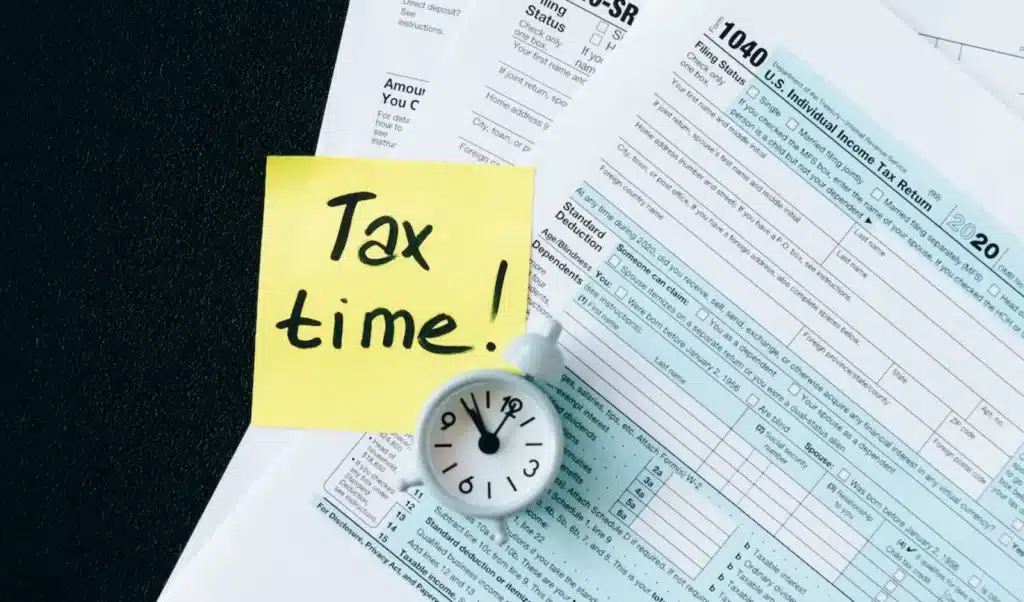In a Chapter 11 bankruptcy, a cramdown plan of reorganization in a commercial real estate case usually involves a property owner trying to force an under secured mortgage lender to accept a new note for a reduced principal amount, equal to the mortgaged property value, with modified terms such as an extended maturity and a market rate of interest.
In a Chapter 11 plan, the claims are classified. For the reorganization plan to be confirmed, each class of claims must vote to accept the plan, or not be impaired under the plan. Under the Bankruptcy Code, if any class is impaired under the plan, at least one impaired class must vote to accept the plan. If this requirement is met and the plan is fair and equitable, it is possible to confirm the plan over the objection of other, non-accepting classes through cramdown.
Mortgage lenders are often the largest creditor in these bankruptcy cases. Mortgage lenders block these cramdown plans by using their deficiency claim to control the unsecured creditor class and cause it to vote against the reorganization plan approval. If a bankruptcy debtor cannot get the approval of a reorganization plan, the case may be dismissed and the mortgage lender able to foreclose under state law.
In re Loop 76, LLC, 465 B.R. 525 (B.A.P. 9th Cir. 2012), the Bankruptcy Appellate Panel of the Ninth Circuit upheld a Bankruptcy Court decision that a secured lender’s unsecured deficiency claim could be separately classified from the claims of other unsecured creditors. The decision paves the way for confirming a cramdown plan of reorganization against the lender’s opposition. In the case, the borrower was a single asset real estate debtor. The court focused on the lender’s access to third-party guarantees to support an evidentiary conclusion that its claim was not substantially similar to other unsecured creditors.
The court decision affects lenders. The court assessed the similarity of the claims, and did not base its decision on their respective right and priority to the debtor’s assets.
In a single asset real estate case, an under secured mortgage lender’s deficiency claim will usually be greater than other unsecured claims against the debtor. Other unsecured claims may consist of trade payables. If there is just one class of unsecured claims, the lender will control the unsecured class, vote to reject the plan in the secured and unsecured classes. The debtor is not able to proceed to cramdown.
To get around not being able to go to cramdown, the debtor may create a separate class for the lender’s deficiency claim. The non-lender unsecured creditors may vote in a separate class to accept the plan. The lender may attack such a classification scheme. The debtor seeks to gain an unfair advantage in what is actually a two-party dispute between the lender and the borrower. The debtor argues its deficiency claim is not dissimilar to other unsecured claims, and there is no legitimate business justification for a separate classification.
For Chapter 11 bankruptcy questions, contact an experienced New York bankruptcy attorney.







